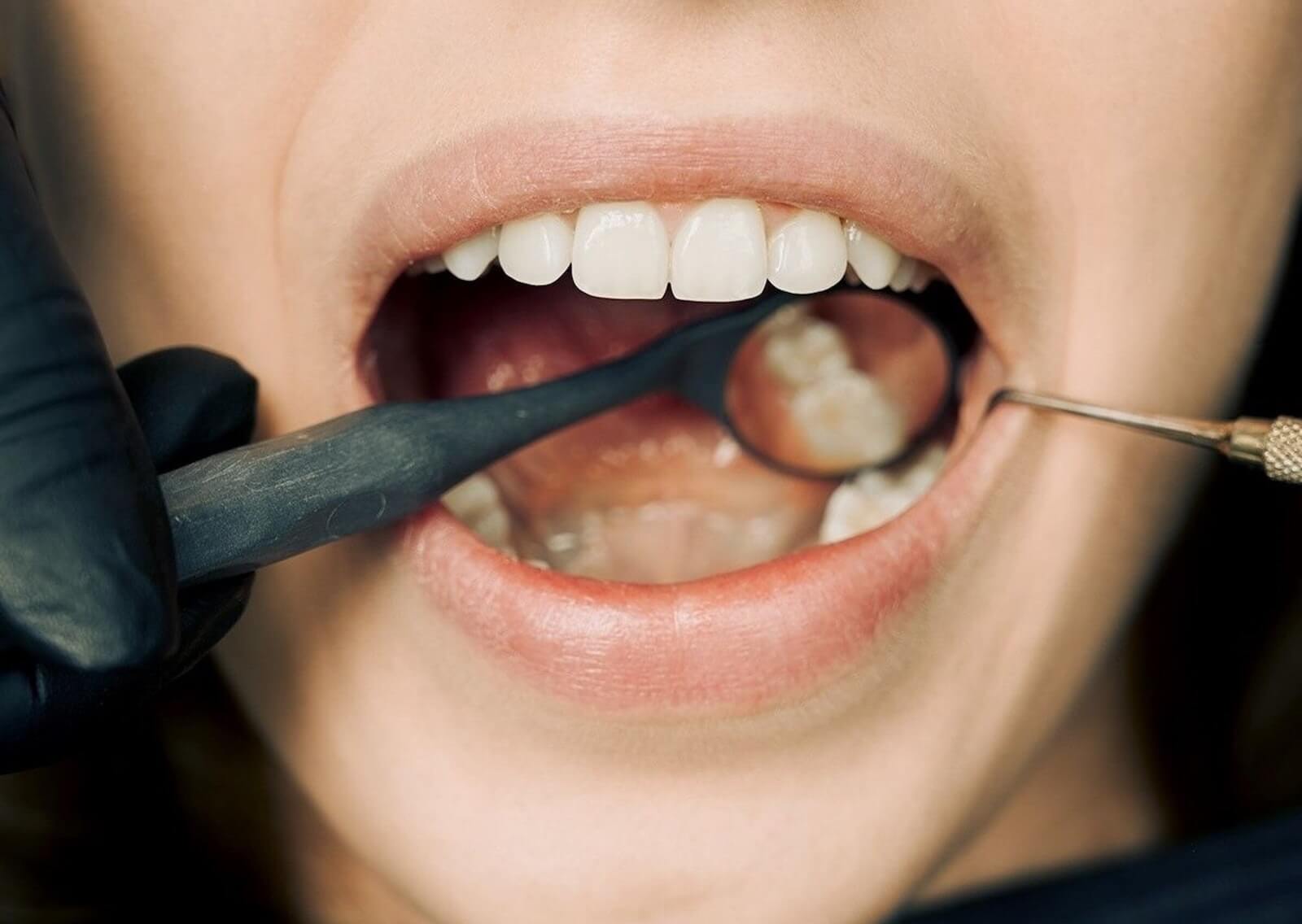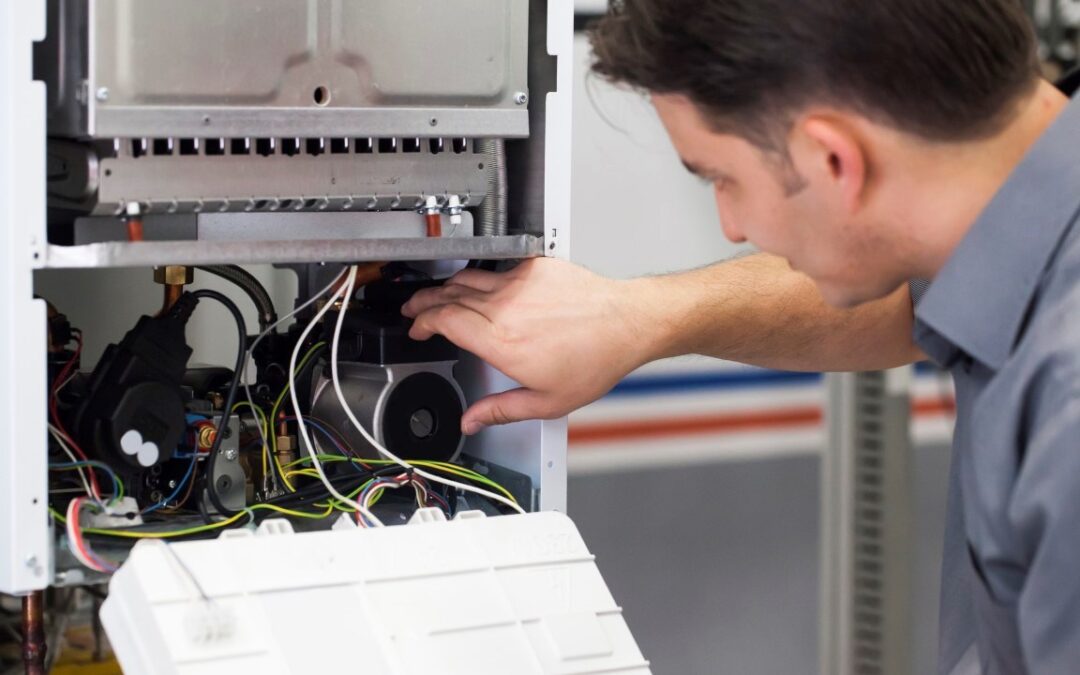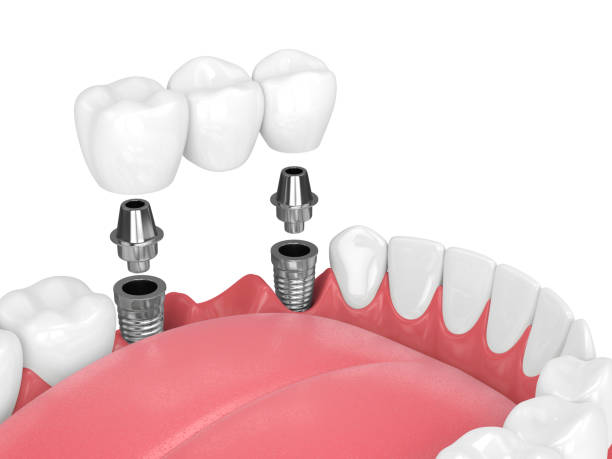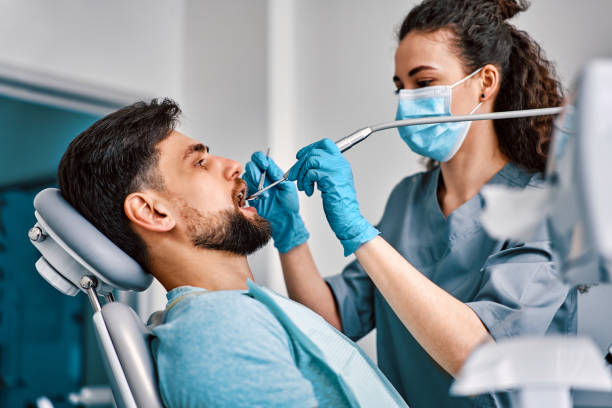When patients seek orthodontic treatment, one common step that may be recommended is Tooth Removal in Dubai. This procedure is often necessary to create enough space for teeth to align properly and for the bite to function correctly. While many people worry about losing teeth, extractions play a critical role in ensuring that braces or aligners achieve their intended results. Understanding why and how tooth extraction supports orthodontics helps patients feel more confident about their treatment journey.
Why Tooth Extraction is Sometimes Necessary:
Orthodontic treatment focuses on correcting misalignment, bite issues, and overcrowding. In many cases, there simply isn’t enough room in the jaw for all teeth to shift into their correct positions. Extraction helps create this space, preventing teeth from overlapping or protruding. Removing one or more teeth allows orthodontists to achieve balance, symmetry, and improved function of the bite.
Tooth Extraction for Overcrowding:
Overcrowding is one of the most common reasons orthodontists recommend extraction. When teeth are too tightly packed, they can push against each other, causing crookedness and alignment problems. By strategically removing certain teeth, space is freed up, allowing braces or aligners to guide the remaining teeth into their proper positions more easily and effectively.
Supporting Bite Correction:
A misaligned bite, whether it’s an overbite, underbite, or crossbite, can cause chewing difficulties and jaw discomfort. Tooth extraction may be part of the solution to realign the bite. Creating additional space enables orthodontists to shift teeth backward or forward, depending on the type of malocclusion, ensuring better long-term stability and comfort for the patient.
Which Teeth Are Commonly Extracted:
Not all teeth are candidates for removal. Orthodontists carefully plan which teeth should be extracted to achieve the best outcome. Typically, the premolars are chosen because they are located in the middle of the dental arch, making it easier to redistribute space. In certain cases, wisdom teeth may also be removed if they threaten alignment or cause pressure on the surrounding teeth.
The Tooth Extraction Process:
The extraction itself is usually a straightforward procedure performed under local anesthesia. Patients may feel pressure during the process but not pain. After the tooth is removed, the orthodontist will wait for initial healing before applying braces or aligners. The recovery is generally quick, and discomfort can be managed with medication and aftercare instructions.
Recovery and Healing After Extraction:
Healing after extraction is an important step before orthodontic treatment continues. Patients are advised to rest, avoid strenuous activities, and eat soft foods for the first few days. Maintaining oral hygiene is also essential to prevent infection. Most patients can resume normal routines quickly, with the extraction sites healing within a few weeks.
How Extractions Enhance Orthodontic Results:
Without extractions in certain cases, orthodontic treatment could result in protruding teeth, unstable results, or an uneven bite. By removing teeth, orthodontists create room for precise alignment, improving both function and aesthetics. This ensures that treatment not only enhances the smile’s appearance but also supports long-term dental health and stability.
Psychological Concerns About Extractions:
Many patients feel nervous about the idea of losing permanent teeth, fearing it may affect their smile. However, orthodontic planning ensures that the extracted teeth are replaced by proper alignment of the remaining ones. The end result is often a more attractive smile, balanced facial profile, and improved self-confidence.
Benefits of Tooth Extraction in Orthodontics:
Tooth extraction provides several benefits that make orthodontic treatment more effective:
-
Creates adequate space for alignment.
-
Prevents overcrowding and crooked teeth.
-
Improves bite function and jaw balance.
-
Enhances facial symmetry and profile.
-
Increases the stability and longevity of orthodontic results.
Risks of Skipping Necessary Extraction:
Avoiding extractions when they are recommended can lead to compromised outcomes. Teeth may remain misaligned, the bite may not be corrected properly, and orthodontic results could relapse after treatment ends. Following professional advice ensures that the treatment plan delivers lasting success.
Alternatives to Extraction:
In some cases, orthodontists may try alternatives such as arch expansion, interproximal reduction (slimming between teeth), or adjusting jaw growth in younger patients. However, when overcrowding or misalignment is too severe, extraction often remains the most reliable and effective solution for achieving the best results.
Long-Term Impact of Extractions in Orthodontics:
The long-term effects of extractions are generally positive. Once orthodontic treatment is completed, patients enjoy straighter teeth, a healthier bite, and reduced risk of dental problems such as cavities and gum disease caused by crowding. With proper retention and oral hygiene, these results can last a lifetime.
Final Thoughts:
The role of Tooth Removal in Dubai in orthodontic treatment is to provide the necessary space and balance for achieving optimal results. Although the idea of extraction may initially cause concern, it is a strategic step that supports successful alignment and long-lasting oral health. By following the guidance of an experienced orthodontist, patients can look forward to a beautiful, functional smile that enhances confidence and overall well-being.







0 Comments